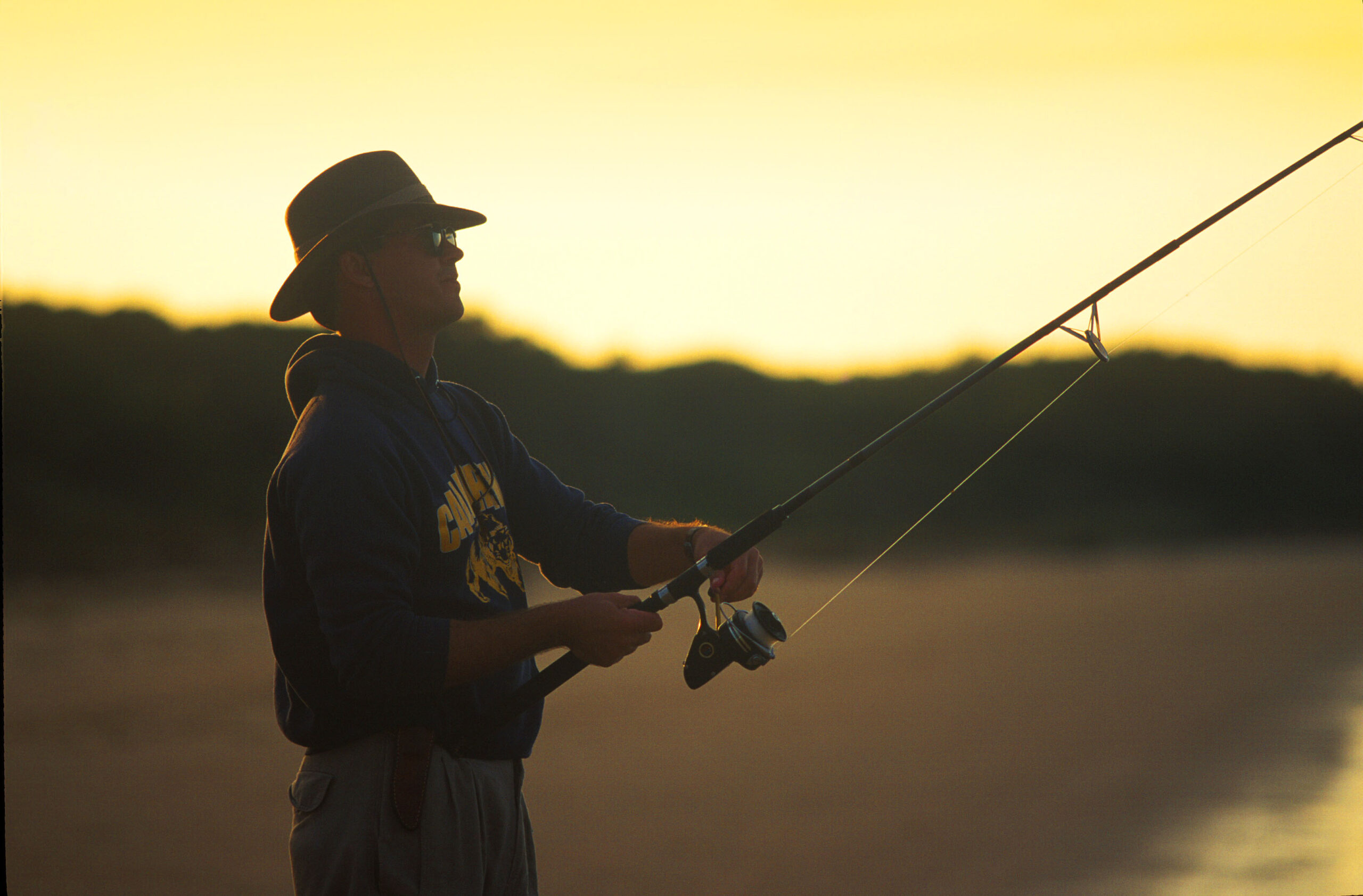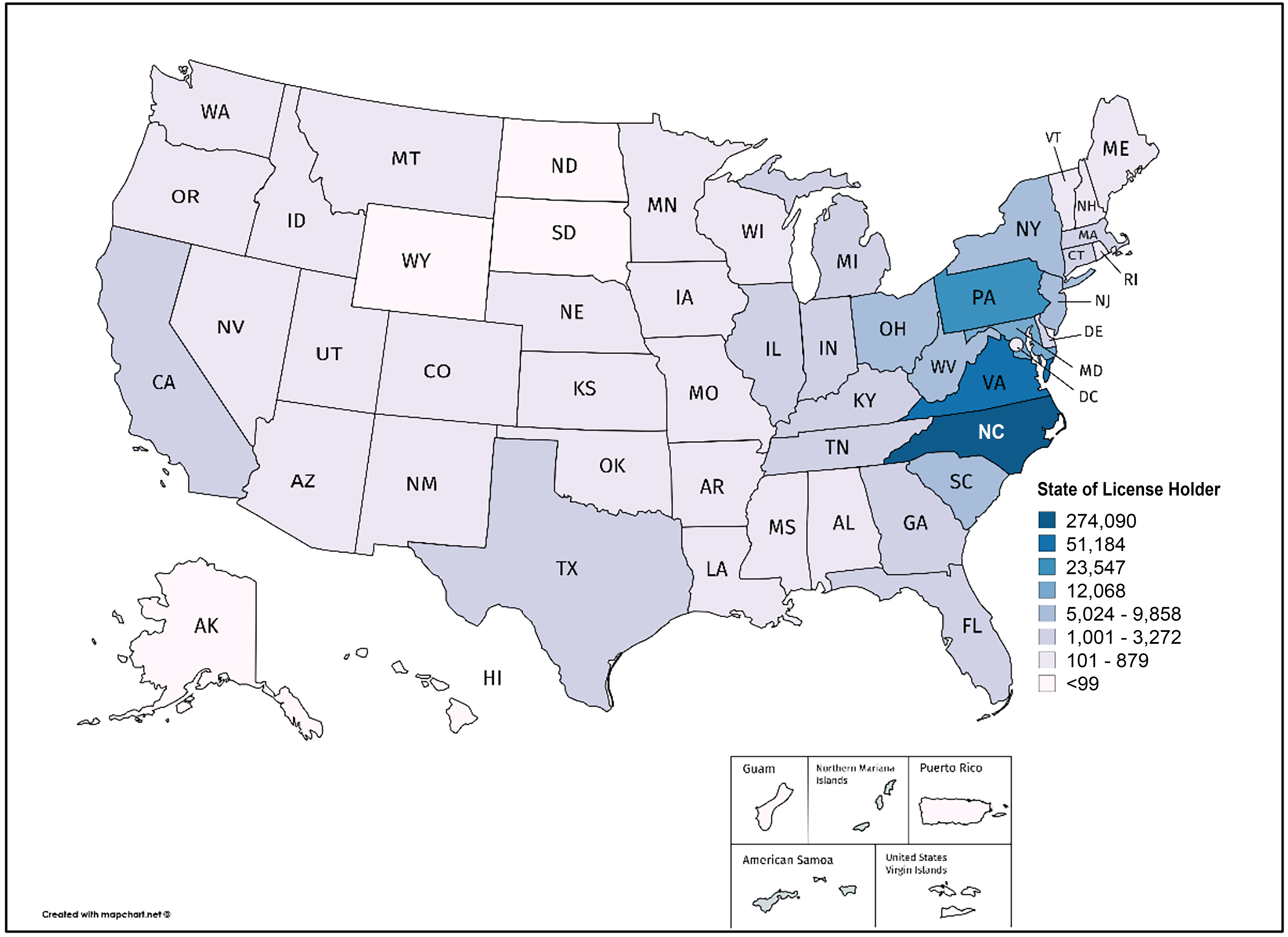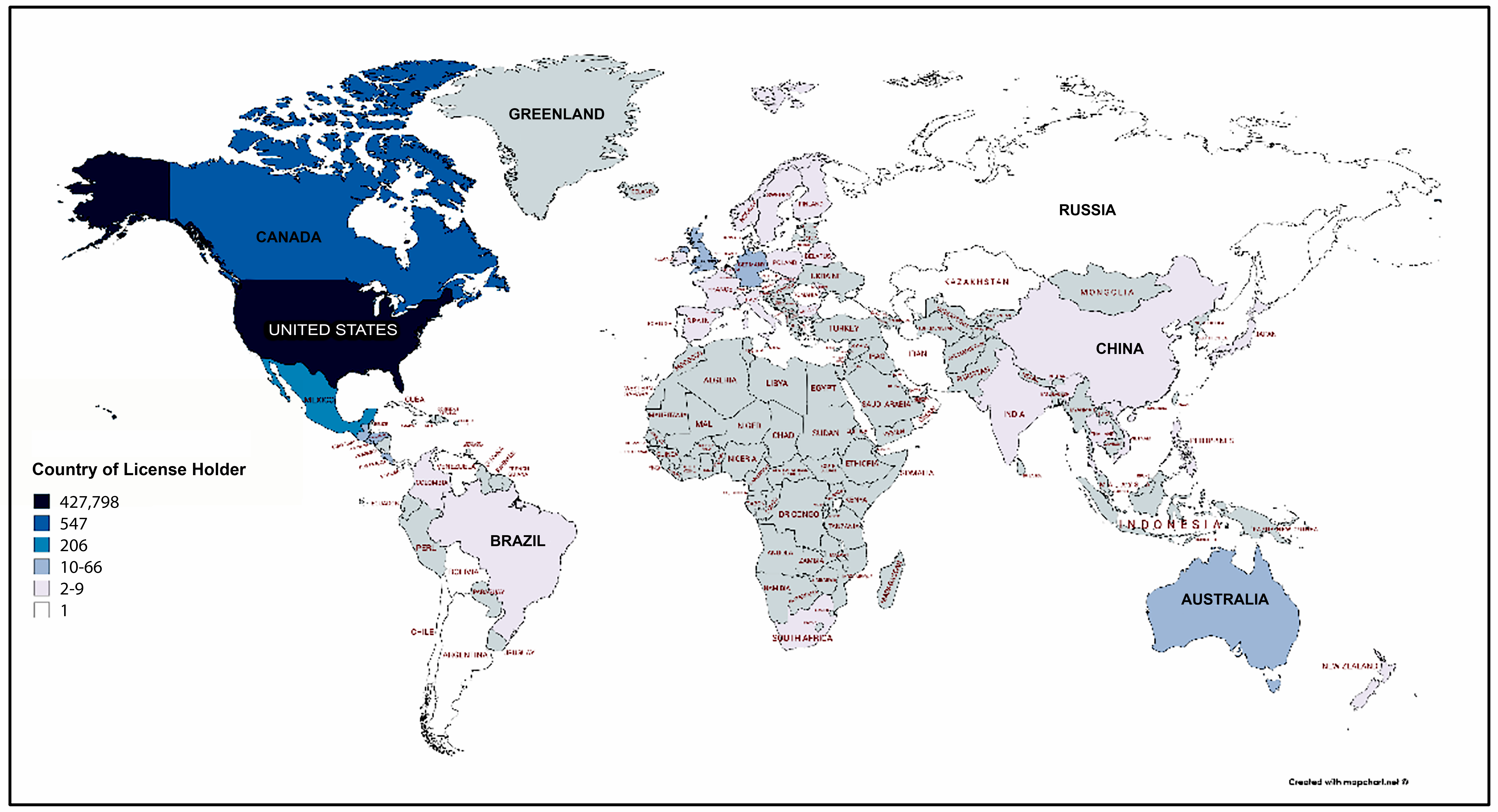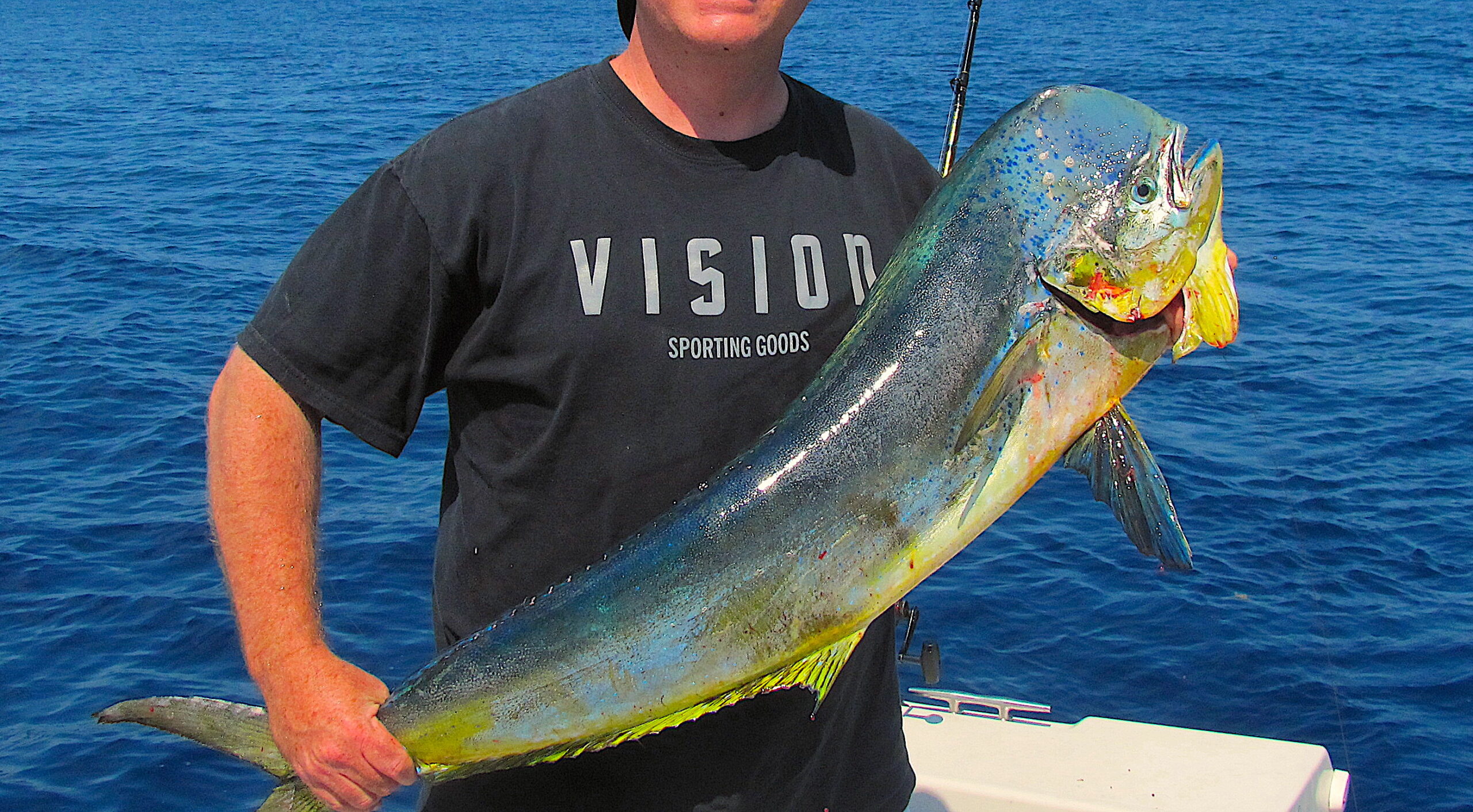Where Do North Carolina’s Saltwater Anglers Live?

News note: On September 17th, North Carolina Sea Grant’s Scott Baker Discusses Saltwater Angling in NC. More here.
Most of our anglers reside close to our coast — but last year people from dozens of countries and all 50 U.S. states bought licenses to fish N.C. waters.
Research Need
If you know anything about recreational fishing, you know that most anglers like to pose for the camera with their trophy catch. When flipping through a local fishing news publication like Fisherman’s Post, it is common to see a picture of the angler, the catch, and where that angler lives. Most of the time, the location is somewhere you know. But other times, maybe not, depending on your geographic perspective and your ability to locate counties, states and countries on a map.
Knowing where anglers call home is important for both fisheries management and people who want to promote saltwater angling as a pastime. Recording this data as part of fishing license sale transactions also can help managers understand regional trends in participation through time. In addition, it helps fisheries specialists like me think about how to focus and deliver future educational programs based on where anglers live.
If we want to better understand our fisheries, we need to better understand our anglers.
What did they study?
The North Carolina Division of Marine Fisheries (NCDMF), in partnership with the North Carolina Wildlife Resources Commission, issues Coastal Recreational Fishing Licenses, or CRFLs (pronounced “cruffles”) for saltwater anglers. Exclusions apply, but in general, most anglers at least 16 years old need a CRFL for recreational saltwater fishing at the North Carolina coast.
At the time of purchase, managers collect other types of information that can help characterize anglers, including where they reside. Visit portal.ncdenr.org/web/mf for specific information about CRFL requirements.
What did they find?
The NCDMF publishes the CRFL sales data on a monthly and annual basis. This data, in tabular form, can be difficult to visualize — so I compiled maps for the county, state and country of residence of North Carolina’s saltwater anglers.

County-level sales data shows that most 2018 license-holders live within a few hour’s drive of the coast and that the license sales are most associated with populous areas. Wake County has the highest number of CRFLs, followed by Onslow and New Hanover Counties, together comprising 18% of 2018 CRFL sales. Except for saltwater anglers that reside in Buncombe County (Asheville), relatively few live in the western part of the state.
Not surprisingly, state-level comparisons reveal that most of our anglers (64%) reside in North Carolina. Eight states (Virginia, Pennsylvania, Maryland, Ohio, South Carolina, West Virginia, New York and New Jersey), all in relatively close proximity to North Carolina, accounted for 29% of CRFL sales. Anglers from all 50 states, however, purchased CRFLs in 2018 to fish N.C. waters.

As expected, most anglers (99.7%) were United States residents, with 547 license-holders from Canada and 206 from Mexico leading the pack of North Carolina’s international anglers. The United Kingdom (with 66 anglers) and Germany (with 40) were leading European countries. All told, 2018’s sales of licenses outside the U.S. included 1,132 new CRFLs to anglers in 62 countries.

What else did they find?
It is important to note that this data represents only CRFLs that anglers purchased in 2018. Many people hold Lifetime CRFLs that they purchased or that the state grandfathered into service prior to 2018.
Anything else?
Interested in making your own maps? I used mapchart.net, a free online resource.
Reading
Coastal Recreational Fishing License, Sales Update. Annual report. Dec. 31, 2018. Accessible here: http://portal.ncdenr.org/web/mf/crfl-sales-updates
Summary compiled by Scott Baker
Lead photo by Bill Russ / VisitNC.com
The text from Hook, Line & Science is available to reprint and republish, but only in its entirety and with this attribution: Hook, Line & Science, courtesy of Scott Baker and Sara Mirabilio, North Carolina Sea Grant. HookLineScience.com



